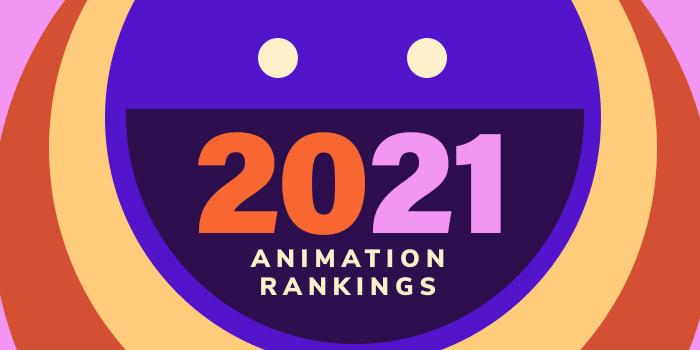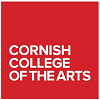Established in 1988, DigiPen Institute of Technology is one of the country’s youngest art, technology, and design schools. Though young, DigiPen was the first college in the world to offer a bachelor’s degree in video game technology and development and in during the schools three decades in existence, more than 550 companies have hired its graduates.
Located near more than 400 interactive media companies in one of the largest video game centers in the world, DigiPen serves around 1,175 students from across the U.S. and nearly 50 countries around the world. The school also has international campuses in Singapore and Spain as well as educational partnerships with Keimyung University in South Korea and Thammasat University in Thailand.
DigiPen offers nine undergraduate and two graduate program options in five categories: Computer Science, Digital Art and Animation, Engineering, Game Design and Development, and Music and Audio. Offerings for aspiring animators include a BFA in Digital Art and Animation and an MFA in Digital Arts.
The BFA program is designed to prepare students to create artwork at the professional level. In addition to excellent drawing skills, students will gain production experience, familiarity with modern studio processes, and storytelling abilities. As a student in the BFA program, aspiring animators can expect to “learn practice the many roles that make up the art production pipeline for games and animation,” says the school.
Course highlights for the program include 2D & 3D Animation, Art and Technology, Career Preparation, Cinematography for Visual Effects, Conceptual Illustration and Visual Development, Environment and Level Design, Production Pipeline, Storyboards, and Storytelling.
A core component of the BFA curriculum is Multidisciplinary Team Projects, which the school says provides the opportunity for students to “contribute on collaborative endeavors in student games, animated films, and more.” The semester- and year-long projects give students the opportunity to “see a project through from the concept stage to final, polished product.” Potential careers for graduates include Animator, Character Artist, Environmental/Asset Artist, Producer, Simulation and Effects Animator, UI Designer, and many others.
In addition to the Redmond campus, the BFA in Digital Art and Animation is available at the school’s international branch campuses including Digipen Europe-Bilbao and Digipen Singapore.
The MFA is a terminal degree program that allows students to build on their foundation and “expand beyond traditional arts.” Students will hone their craft in digital media and “focus on new areas of specialization” in the digital media industries. The MFA culminates with an advanced thesis project that allows students to develop and present an original body of work that is both personal and reflective of their strongest capabilities as a digital artist.
In addition to the thesis project, students will have the opportunity to collaborate with their fellow artists on team-based projects including games and films as part of elective coursework. These collaborative projects give students “firsthand experience creating 2D and 3D digital assets in a setting that reflects the professional studio environment.”
Graduates of the MFA program are prepared to seek positions in both academia and production. Possible roles include Animator, 3D Modeler, Character Artist, Professor of Fine Arts, Senior Animator, Senior Character Artist, and Texture Artist.
Graduates of the Digital Art Programs at DigiPen have been hired at companies such as Activision, Amazon Game Studios, Animation Collective, Apple, ArenaNet, Blizzard Entertainment, Disney Online, DreamWorks Interactive, Electronic Arts, Facebook, Google, Microsoft, Nintendo, Riot Games, Sony Online Entertainment, Sucker Punch Productions, Walt Disney Imagineering, Warner Bros. Interactive Entertainment, Zynga, and many others.







